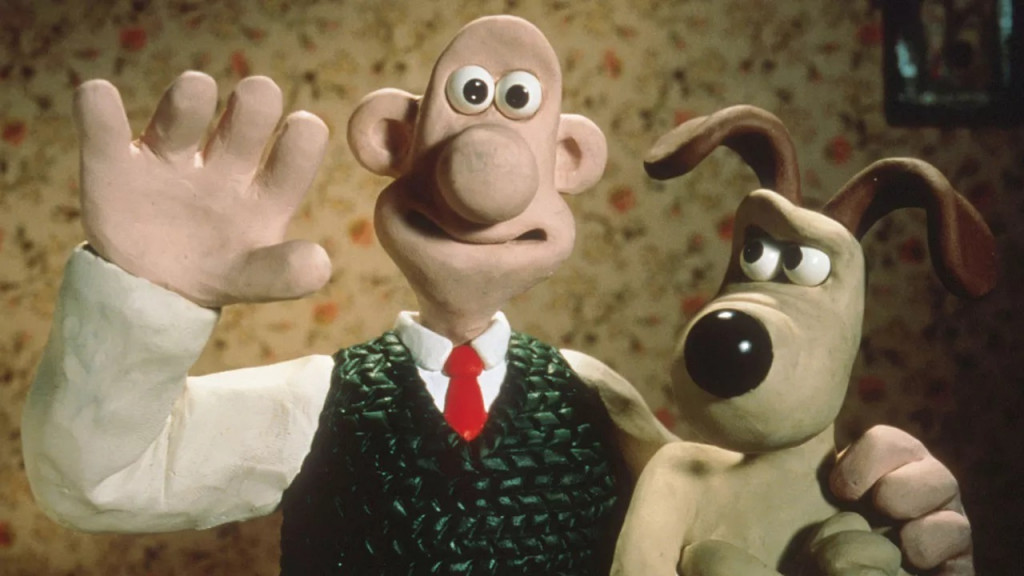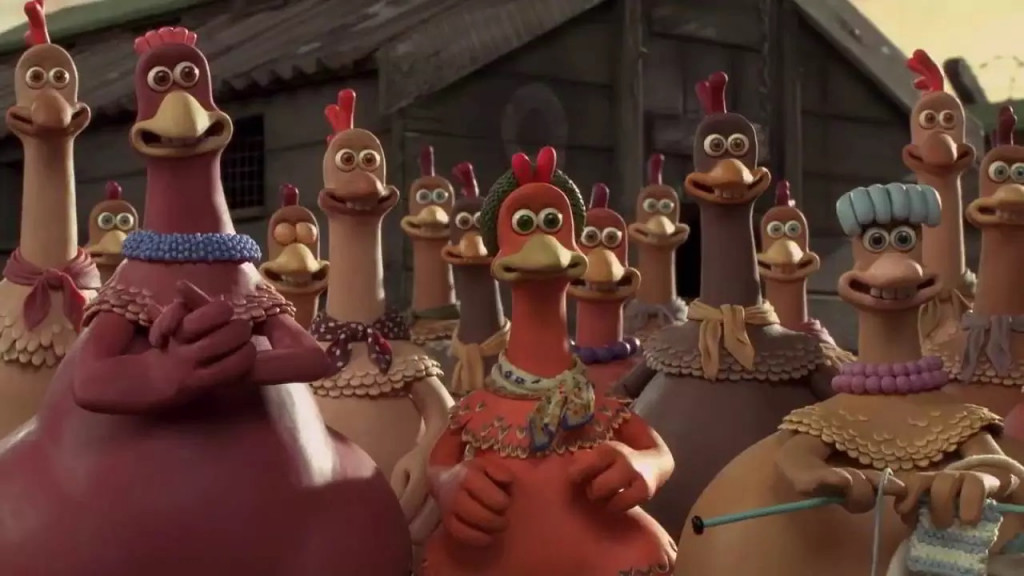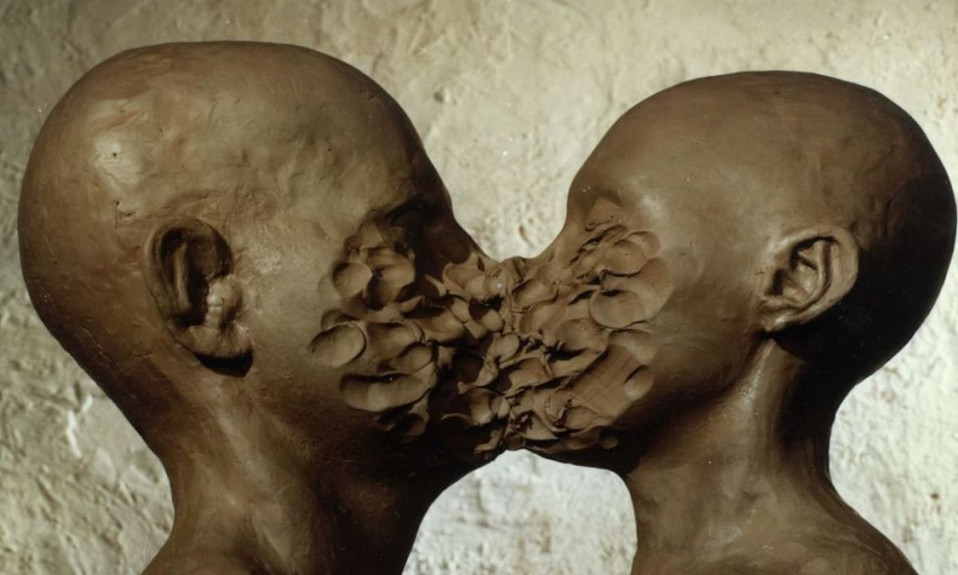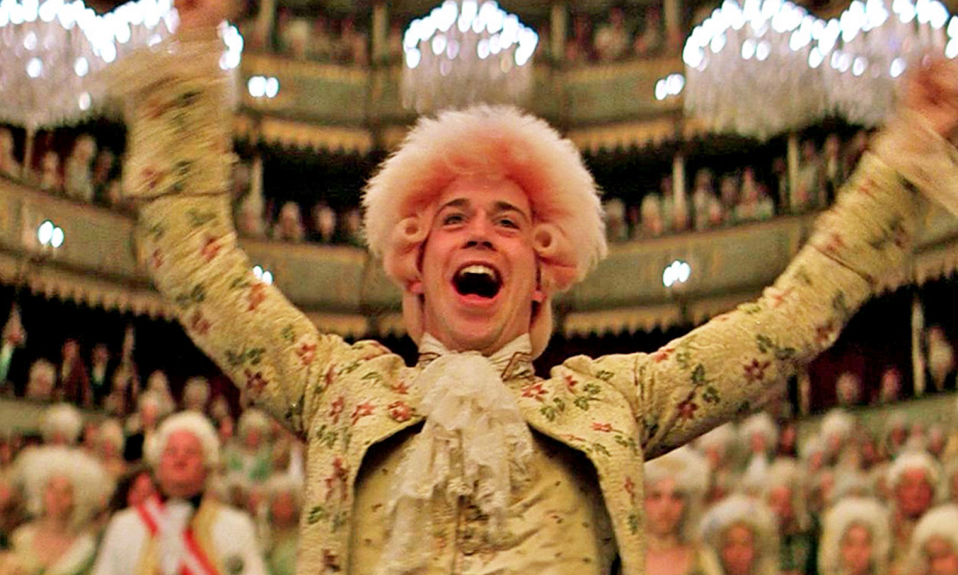Animation has been a cherished part of cinema for decades. But we feel not enough love is dedicated to the sub-genre of clay animation/claymation. To fix this we are going to give a brief overview of claymation. Including what it is, the technique’s history, and a few key example films you should watch. Hopefully, this will spark some newfound appreciation for claymation filmmaking.
What is Claymation?
Claymation is a form of stop-motion animation. This is where a still frame of either model characters (in claymation these models are clay formed around a metal skeletal frame) or background elements is photographed before being moved slightly and photographed again. When the frames are played together it gives the illusion of motion. The main difference is that it focuses on creating animations using various forms of clay e.g. plasticine. This results in the animation and characters feeling more tactile. It also allows for smoother and more detailed facial animation than traditional stop-motion materials.
Like regular stop-motion, claymation animators must have an eye for detail. To ensure that movements of various details captured within each frame follows on adequately from prior frames. They also need a great level of patience. Because of all the details that need to be captured and how gradually changes need to be made to each frame to make the animation feel natural animating a single scene in claymation can take days. But the results are definitely worth it.
The History of Claymation
Several early short films featured some form of clay animation. The oldest surviving film emphasizing the technique is The Sculptor’s Nightmare (1908). Which showed lumps of clay transforming into the busts of US politicians. Traditional 2D animation and other forms of stop-motion soon began dominating the industry. Clay animation was rarely the focus of a production, but shorts like Little Baker (1925) and Long Live The Bull (1926) centralized the technique.
Around the 1950s clay animation became a fixture of children’s shows (Gumby). Then in the 1970s well-regarded clay animations like Italy’s Mio Mao and the UK’s Morph, created by Aardman Animations, were released. And animator Will Vinton’s work began gaining attention. Vinton won the medium’s first oscar with Closed Mondays (1974). He also coined and later trademarked the word Claymation.
The 80s saw the medium reach new heights. Many respected Eastern European animators helmed claymation projects such as Aleksandr Tatarskiy, Jan Svankmajer and Garri Bardin. The Adventures of Mark Twain became the first feature-length claymation film. And Aardman debuted their beloved award-winning claymation duo Wallace and Gromit in A Grand Day Out.
Claymation made its way to video games in the 90s. With the animations of clay figures featuring in the gameplay of ClayFighter, The Neverhood and its sequel Skullmonkeys. And in the 2000s adult-oriented claymation like Mary and Max showed that claymation could tell stories for older audiences. The medium also produced the two highest-grossing stop-motion movies ever in this time: Chicken Run and Wallace and Gromit: The Curse of the Were-Rabbit.
Top 5 Claymation Films
So what are the quintessential claymation films to see?
1. Dimensions of Dialogue (1982)
Jan Svankmajer’s acclaimed short is a surreal meditation on the nature of communication. A great showcase for claymation’s creative possibilities.
2. The Adventures of Mark Twain (1985)
An important milestone for claymation features. It’s a triumph of effort and the mostly clay production is a visual treat.
3. The Wallace and Gromit Series (1989-)
Whether you’re watching the shorts or the Curse of the Were-Rabbit film Wallace and Gromit is utterly charming. And their claymation aesthetic makes the characters feel like they were directly birthed from your childhood imagination.

A funny take on The Great Escape full of loveable quirky characters that are so well written and animated that you quickly forget they are just plasticine.

5. Mary and Max (2009)
Tackling heavy subjects like alcoholism, identity and self-harm, Mary and Max showed that claymation can mould itself to tell stories about adult themes.

With that our look into the world and history of claymation is over. We hope you’ve enjoyed it and are now ready to experience more from the world of plasticine perfection.
Also Read: Cartoons For Adults: The Rise of Adult Animation












